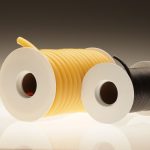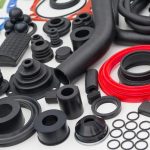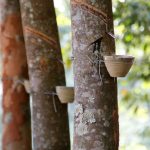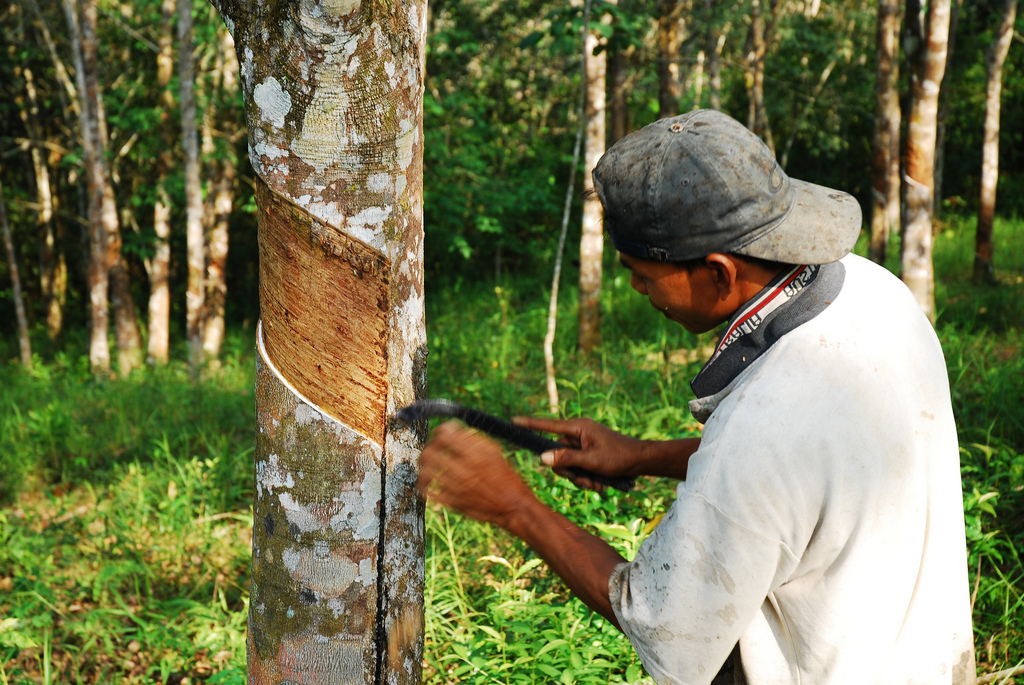
Rubber and its kinds
There are two basic kinds of rubber – Natural and Synthetic. Natural Rubber is obrained naturally from rubber trees and synthetic rubber is a man made product made from petroleum and related products.
Processing Natural Rubber
Processing natural rubber begins by collecting the latex fluid. This is done tapping the sap from the rubber trees. The latex is then filtered and packaged in drums which is then exported or processed. This is then made into sheets of latex rubber which is smoked. Latex is clumped by adding acid. This clumped fluid is then rolled into sheets in a mill. This is done so that water is remove and then the sheets are dried, smoked and exported. Chemical and heat treatment of the latex is done to pre-vulcanise it. Pre-vulcanised latex is easier to move around and can be reversed to regular rubber later by exposing it to some heat.
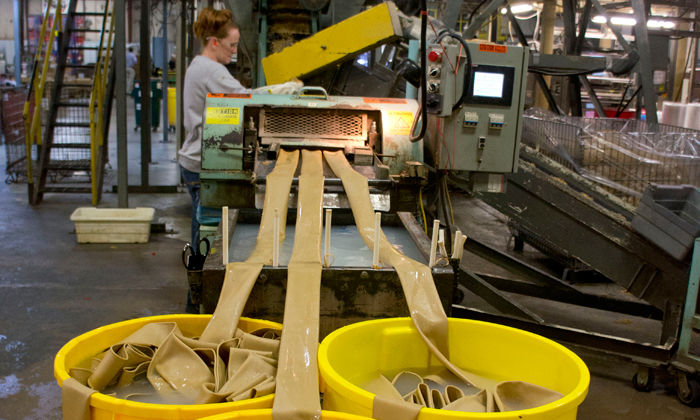
Processing Synthetic Rubber
Petroleum-based chemicals are used to make Synthetic rubber polymers. This chemicals are clumped and dried for easy transportation. On reaching the manufacturing plant, the synthetic rubber polymers are mixed with some ingredients and the rubber is then pressed into sheets. These sheets are then cut into strips for further moulding and processing.
There are three basic techniques for processing:
Extrusion: There is a long chamber in which rubber polymers are heated and mixed and then pushed out through an opening which is quite small. After this it is either vulcanised or cured. This process is popular when needed to make stands which are large, especially for compression moulding
Injection moulding: The rubber strips are heated and mechanically mixed in a chamber, forced under high pressure into a mould. The rubber is steam vulcanised in the mould and then cooled. Once cooled, the rubber product is removed from the mould.
Compression moulding: There is a mould around which rubber strips are compressed under pressure and later vulcanised to stick to the mould. Once it cools the product is separated from the mould

